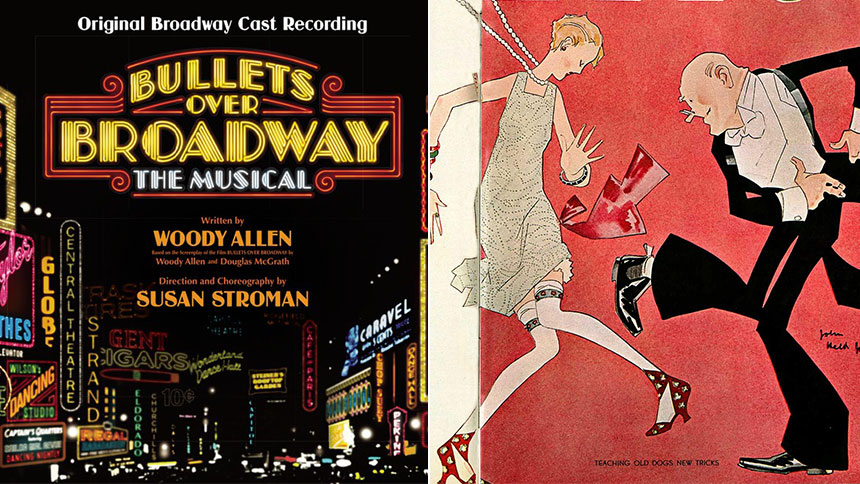Poetry Book Project: Typographical Systems
Apr. 5th, 2018 07:12 pmAxial Layouts
Exercise 1: Axial System: Examples.
Exercise 2: Radial Systems: Examples
Nikola Tesla typography poster: Radial posters
Dilatational Systems: Examples
History:
Apollinaire’s Calligrammes (1918): "A book of poetry by French writer Guillaume Apollinaire, noted for its use of “caligrams” in which typeface and arrangement of words on the page add to the meaning of the compositions. In this way, the collection can be seen as a contribution to the tradition of concrete or visual poetry. Considered as the forefather of Surrealism, Apollinaire described his work as follows:"
"The Calligrammes are an idealisation of free verse poetry and typographical precision in an era when typography is reaching a brilliant end to its career, at the dawn of the new means of reproduction that are the cinema and the phonograph. (Guillaume Apollinaire, in a letter to André Billy)"
The Modernist Era: Concrete poetry: "The term was coined in the 1950s. In 1956 an international exhibition of concrete poetry was shown in São Paulo, Brazil, by the group Noigandres (Augusto and Haroldo de Campos, Décio Pignatari and Ronaldo Azeredo) with the poets Ferreira Gullar and Wlademir Dias Pino. Two years later, a Brazilian concrete poetry manifesto was published."
Exercise 1: Axial System: Examples.
Exercise 2: Radial Systems: Examples
Nikola Tesla typography poster: Radial posters
Dilatational Systems: Examples
History:
Apollinaire’s Calligrammes (1918): "A book of poetry by French writer Guillaume Apollinaire, noted for its use of “caligrams” in which typeface and arrangement of words on the page add to the meaning of the compositions. In this way, the collection can be seen as a contribution to the tradition of concrete or visual poetry. Considered as the forefather of Surrealism, Apollinaire described his work as follows:"
"The Calligrammes are an idealisation of free verse poetry and typographical precision in an era when typography is reaching a brilliant end to its career, at the dawn of the new means of reproduction that are the cinema and the phonograph. (Guillaume Apollinaire, in a letter to André Billy)"
The Modernist Era: Concrete poetry: "The term was coined in the 1950s. In 1956 an international exhibition of concrete poetry was shown in São Paulo, Brazil, by the group Noigandres (Augusto and Haroldo de Campos, Décio Pignatari and Ronaldo Azeredo) with the poets Ferreira Gullar and Wlademir Dias Pino. Two years later, a Brazilian concrete poetry manifesto was published."











![Name in Arjowiggins Inuit [Name in Arjowiggins Inuit]](https://i.pinimg.com/564x/1a/57/43/1a5743f9c18557992c82e6a14fb8e3ae.jpg)




